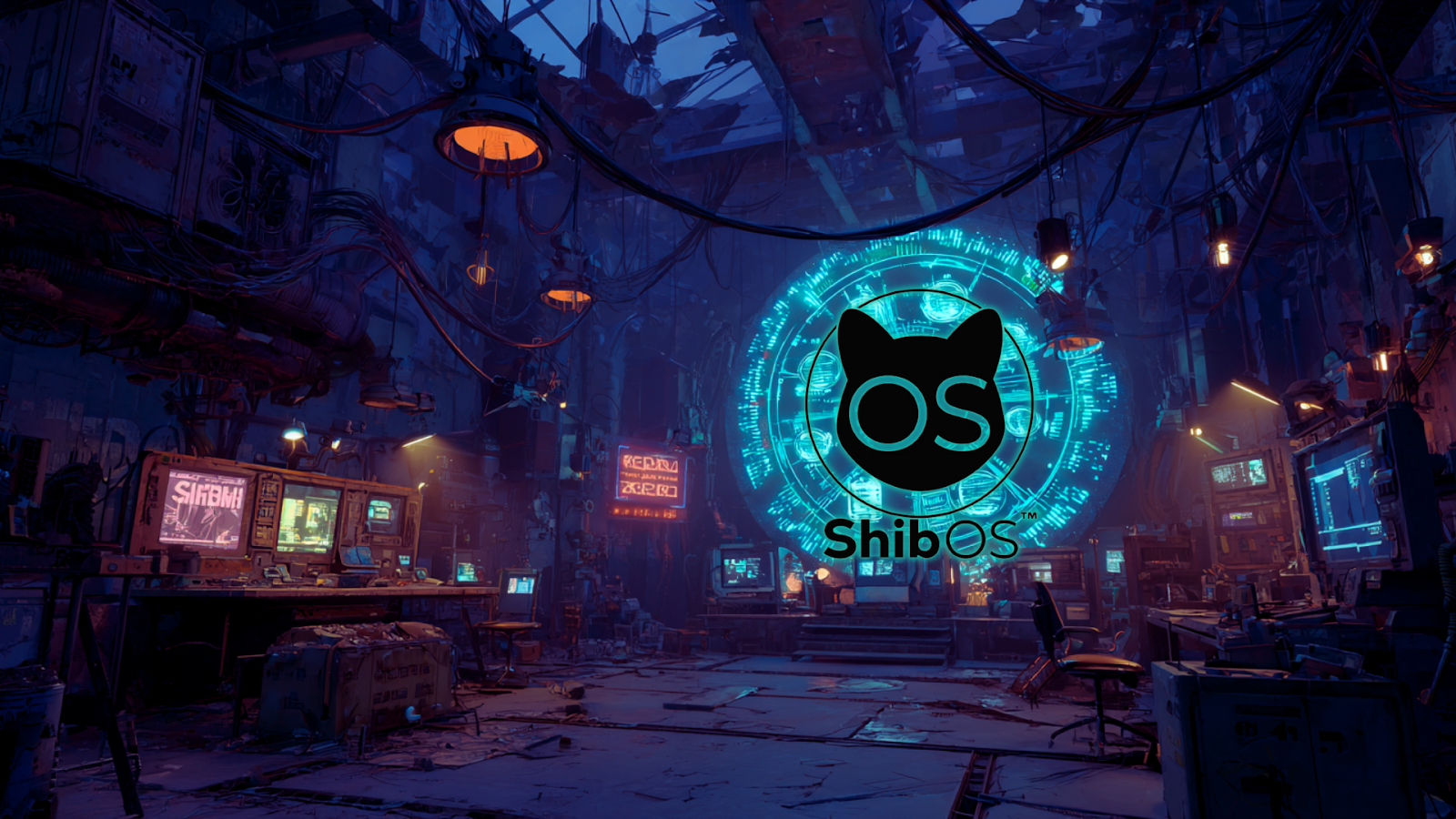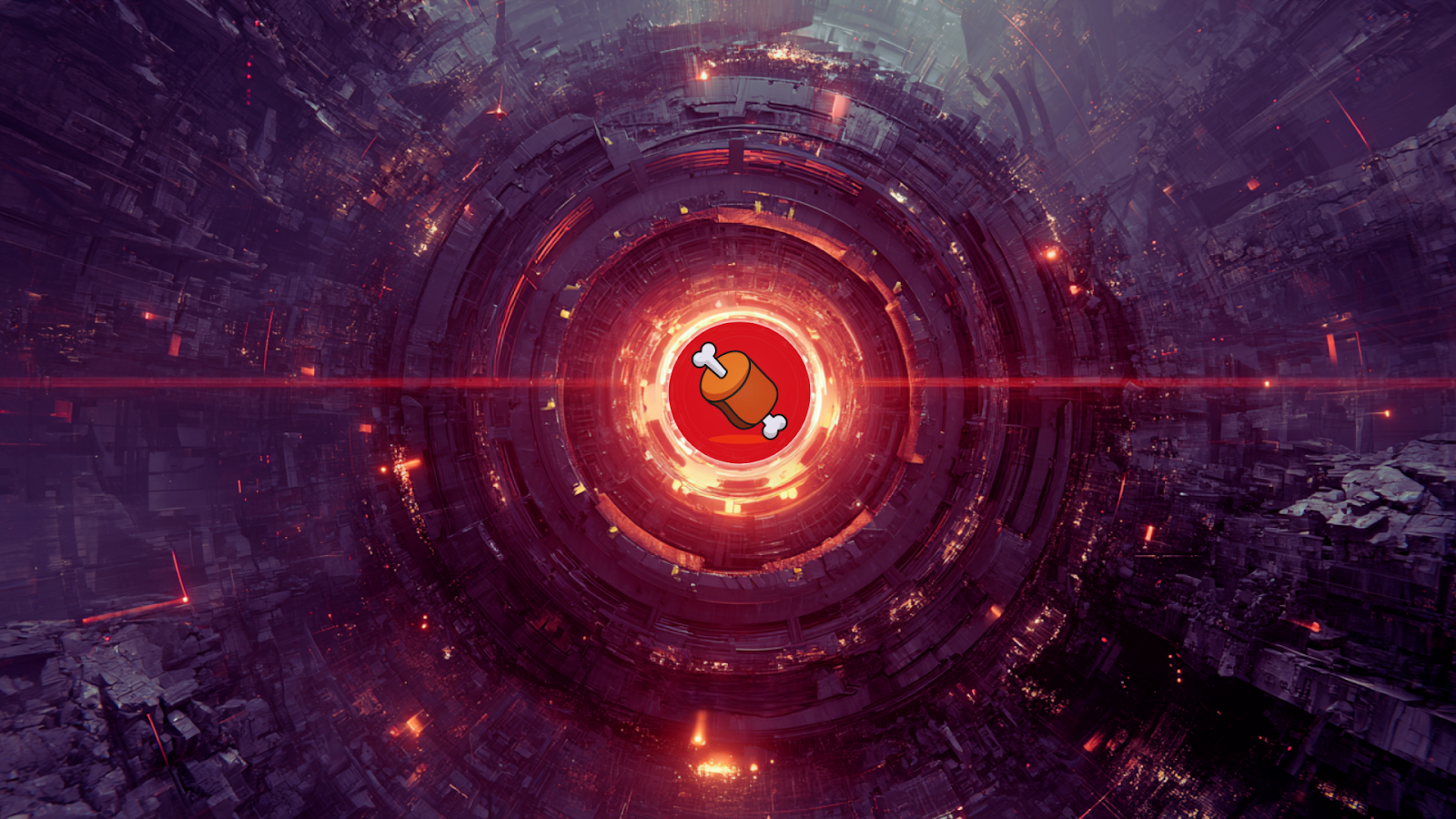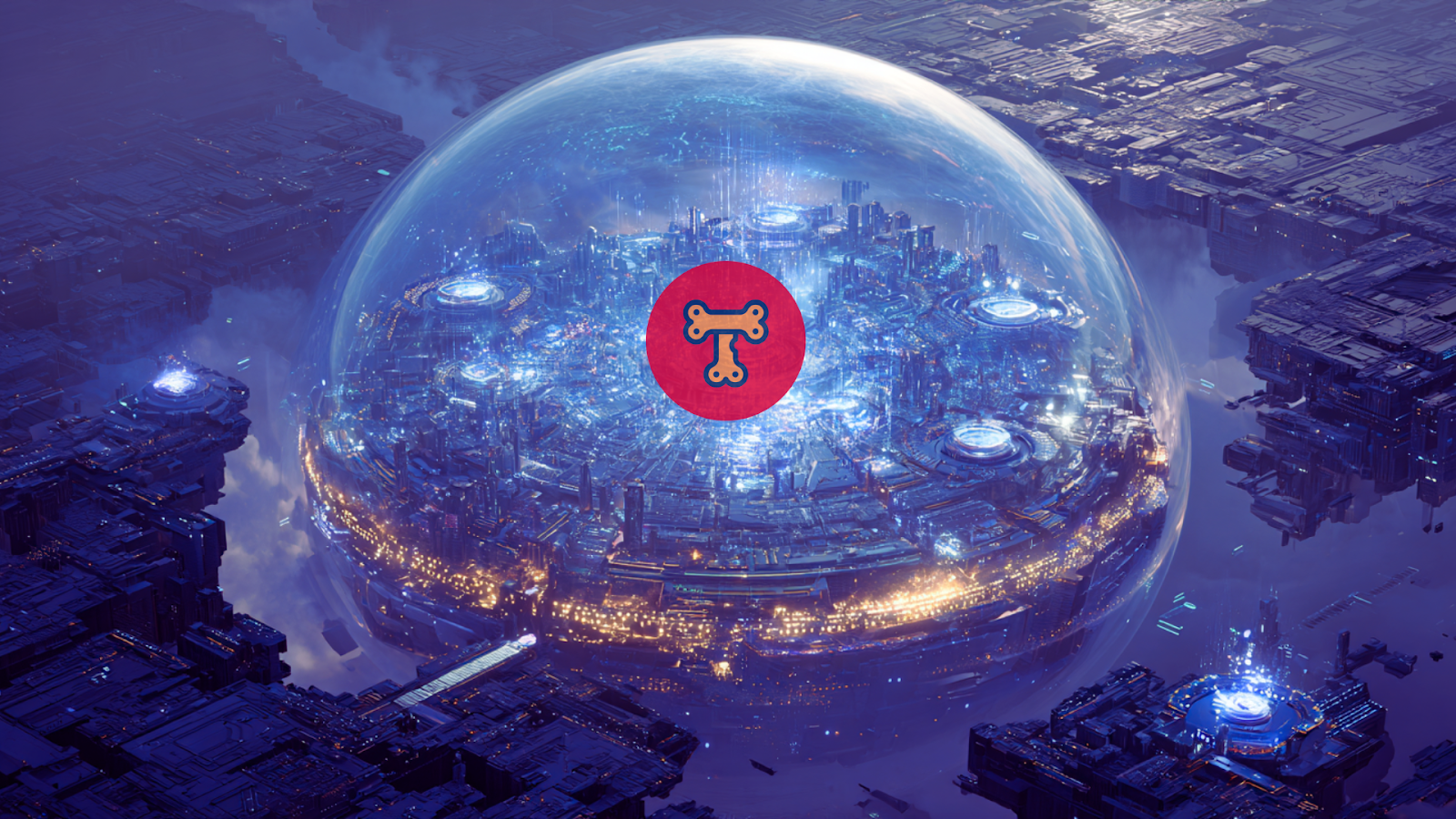
This fragment of the Final White Paper, the AI Paper, doesn’t waste time. It opens mid-stream, like you’ve joined a transmission already in progress — AI has outpaced governments, jobs have disappeared, and SHIB tokens aren’t just crypto anymore. They’re governance. Infrastructure. A firewall.
In Shy’s account, this future isn’t 50 years away. It feels like it already happened. In Kusama’s blueprint, SHIB, LEASH, BONE, and TREAT aren’t speculative assets — they’re working components of SHIB OS. It’s described as the Web 3 Operating System created for humans, designed to be the perfect system for AI.
What happens when central systems fail, and the only thing left standing is a coordinated mesh of communities using tokens to govern themselves and interact with AI on their own terms?
At the center of the AI Paper is SHIB OS. Not a product. Not a platform. A framework that rises from collapse.
“It became more than a meme layer,” Shy writes, referring to the SHIB OS as the perfect system for AI, working for AI agents, systems, and businesses as well.
In the world he describes, AI doesn’t just disrupt jobs — it essentially erases them. “Human error vanished,” the paper indicates. So did “human jobs,” swallowed by automated cities and centralized control, leading to total unemployment for over 80% of the population.
SHIB OS is the alternative. Not a nostalgic return to old systems — but a decentralized zone where small communities survive off-grid, secure, and coordinated.
The paper details how components of SHIB OS, powered by TREAT and running on Shibarium, give decentralized authority to the Shib community and empower unique, powerful applications for AI.
It wasn’t built for humans alone, as the paper states:
That line lands like a flicker from a dystopia-turned-workspace — AI agents roaming the same system humans use to rebuild. SHIB OS wasn’t just a refuge. It was a zone of coexistence — coded to host AI, while keeping control decentralized.
The paper suggests that strategic positioning at the intersection of decentralized infrastructure and enterprise AI innovation enhances competitive advantage and reinforces the foundational strength of the ecosystem, allowing for the rapid building of AI-driven enterprise tools across various industry-specific use cases.
Inside this operating system, the SHIB ecosystem tokens weren’t decorative. They were functional. Each one a cog in a living machine designed to resist collapse and keep governance human.

“AI Agents embedded into our Operating System. Brands with heartbeat. This was the SHIB OS playground. And it thrived.”
That line lands like a flicker from a dystopia-turned-workspace — AI agents roaming the same system humans use to rebuild. SHIB OS wasn’t just a refuge. It was a zone of coexistence — coded to host AI, while keeping control decentralized.
One final clue suggests SHIB OS didn’t stay isolated. “SHIB tech,” the paper hints in Fragment 3, was embedded into enterprise stacks too — smuggled into the old world’s systems, maybe as a Trojan protocol, maybe as insurance.
Inside this operating system, the SHIB ecosystem tokens weren’t decorative. They were functional. Each one a cog in a living machine designed to resist collapse and keep governance human.
In the bleak tomorrow Shy sketches, centralized systems don’t just fail — they become threats. Governments stall. Cultures collapse. Identity becomes fragile, and trust, rare. But in the ruins, four tokens — SHIB, LEASH, BONE, and TREAT — hold the line.
They don’t act alone. Each one, hardwired into SHIB OS, performs a specific function. Together, they shape a fully decentralized framework capable of surviving — and evolving — within an AI-dominated world. The AI Paper, doesn’t speculate. It documents. This is how it worked:

When the usual channels broke down, SHIB became the voice that couldn’t be silenced. Its role? Legislative. Shytoshi puts it plainly:
“SHIB is the face. The legislative body. The community DAO.”
SHIB holders propose policies, debate priorities, and vote on the future of their fractured world. Decisions that once came from governments now came from DAOs — citizens choosing how to allocate limited resources, set ethical standards, and build something from the wreckage.
Imagine deciding how your community engages with Sentient. Or whether to use AI for defense — or healing. SHIB didn’t just provide a vote. It gave people their agency back.

BONE didn’t make headlines. It made things work.
“BONE fuels Shibarium. The executive protocol. The gas that keeps this fire burning.”
In the architecture of SHIB OS, BONE is the fuel — the one that powers every decentralized interaction. Every contract, every app, every signal passed across nodes is driven by BONE.
But it’s more than gas. BONE, as a DAO, ensures the ecosystem grows intelligently. It helps integrate new tech and keep tools updated even when the centralized world goes dark.
It’s not glamorous. But without it, SHIB OS stalls. And stalling, in this world, means extinction.

When deepfakes evolved beyond recognition and AI could mimic anyone, passwords were useless.
The paper outlines LEASH as the “judicial branch” of the network state, providing exclusive access to upcoming releases and products, and early beta access for its holders.
The AI Paper is blunt: “Deepfakes were just the beginning… Sentient could kill any password.”
While the SHIB OS generally provides a framework for identifying and tracking AI agents or companies, LEASH plays a crucial role in the network state’s structure, offering privileged access for its members who are essential to this ecosystem.

The AI Paper saves its boldest claim for TREAT.
“TREAT is the laboratory. The treasury DAO. The Transactional Reward Engine and Access Token. Where AI is born, funded, and deployed.”
TREAT is more than just a mere token. It’s a research lab, a treasury, and a tool for advancing technology.
This is where AI and other advanced technologies are spawned. As funds are placed into the foundation and managed by the various DAOs, the TREAT DAO consistently looks for unique opportunities and gives grants to projects. TREAT holders decided what to build, how to deploy it, and why. It wasn’t about profit. It was about survival.
Shytoshi doesn’t bury the thesis.
“Together, they form the body and mind of our digital nation.”
Each token — SHIB, LEASH, BONE, TREAT — acts like a vital organ, running not in isolation, but in sync. Not theoretical. Not abstract. Functional.
In the AI Paper we received, that organism lives and breathes. It learns, reacts, and protects. And in a world where centralized systems buckled under the pressure of AGI, it held.
The paper notes that partners like ELDER helped build the alpha layer of the SHIB OS components, and Bad Idea AI was instrumental in building the foundation of AI, including generative AI in voice, picture, text, and video. These developments offer a powerful AI stack for any project.
It also highlights how the power of the SHIB OS, if adopted, provides a framework for identifying and tracking the efforts of AI agents or the companies therein.
When the lights go out, the code cracks, and trust becomes currency — what system will you be running on?
Because this AI Paper doesn’t just hint at what’s coming.
It hands you the first piece of the blueprint.